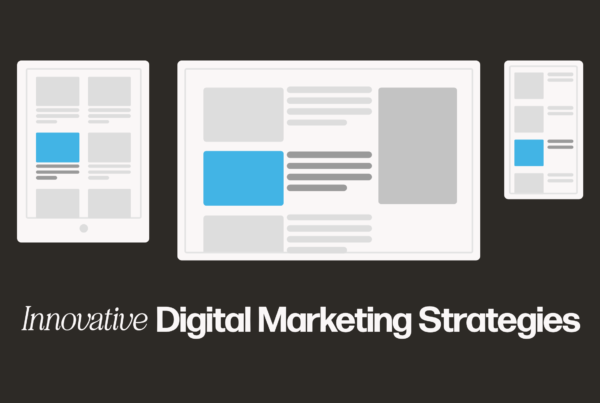The latest statistics show that the ecommerce is growing in the B2B sector, and a lot of business owners have questions about which B2B ecommerce platform is best suited for their business.
One of the biggest questions is between the do-it-yourself platforms such as Shopify, Woocommerce and BigCommerce versus the custom-built platforms.
Often it comes down to the volume of sales. For companies with more than a million in revenue each year, they will usually consider investing in a full custom platform such as Magento (now owned by Adobe), or Hybris (owned by SAP) or Salesforce Cloud.
Here are the main considerations for choosing Shopify vs Magento, two of the most popular B2B ecommerce software platforms.
Hosting
One big difference between the two platforms is that Magento is self-hosted while Shopify is a hosted platform.
On Shopify, all hosting costs are included within your monthly plan with no extra effort or expense required from you.
Magento, on the other hand, is a self-hosted platform. If you choose Magento, you’ll have to sort out your own hosting service. Depending on the volume of traffic you are expecting this can become an expensive option. However, you also get to choose the type of server that works best for you.
Total Cost
When considering the total cost of ownership for B2B ecommerce, it is a different world than smaller scale ecommerce stores. Shopify has a lot of appeal due to the low cost of entry, but then again Magento Open Source is free to get started with.
If you look at upgrading to Magento Commerce edition, you will be looking at fees around $15,000 or more per year.
This does not include development costs or server fees, but it is a lower entry point than Hybris, or other enterprise ecommerce platforms.
Shopify also offers B2B solutions with the Shopify Plus product. Here is where you start to see the fees grow. There is a minimum monthly license fee of $2,000 and a maximum monthly fee of $40,000. So although Shopify appears cheaper in the beginning, depending upon the scale of the business it can spike quickly.
Updates
Shopify has top-down support, meaning that the company itself will deliver updates to you as they are created. Your site software will improve immediately as the updates are delivered.
Magento, in contrast, follows the open-source model whereby all updates are made available to the public and can be implemented as the individual website chooses to.
This means that Magento may require continual developer support throughout the lifespan of the website. These extra support costs should be factored into the initial and ongoing costs of running on the platform.
Developer Availability
Magento has one of the biggest community of developers of any of the major platforms, due to the fact it is coded in PHP. Ecommerce agencies are well versed in Magento 2 and there are a lot of Certified Magento Developers to choose from.
Shopify also has a strong developer community although it is hard to understand how many Shopify agencies there are at present.
SEO Performance
When it comes to SEO performance, both Shopify and Magento offer pretty similar functionalities.
An ecommerce store built on either platform is able to be indexed and ranked by Google and other search engines. This means that Shopify and Magento stores both have good potential to rank highly in SERPs.
If you want to add a blog to your page (which is great for SEO) you can add a WordPress blog via a plugin on Magento, and Shopify has its own blog editor.
Add-ons and Functionality
Both Shopify and Magento have extensive app stores where you can find everything from marketing apps to accounting and finance extensions to take your ecommerce store to the next level. Shopify currently has over 2500 apps available, while the Magento Marketplace has over 4000.
Many of these apps are one-click add-ons that can broaden the functionality of the store, similar to apps that you can add to a smartphone.
Magento vs. Shopify Plus Usage Statistics in 2018
Shopify currently hosts over 500,000 stores, with approximately 2500 Shopify Plus stores currently up and running. Magento hosts approximately 250,000 stores worldwide, depending upon which source you choose.
What Works Best Your Business?
There are many pros and cons to owning any kind of ecommerce software platform, and there are many dedicated followers of both Shopify and Magento.
Generally speaking, the ecommerce platform chosen for supporting a business will depend on how well it integrates and supports the business itself.
As a general rule, it’s easy to see that Magento provides a great deal of flexibility and opportunity for customization. Shopify, on the other hand, offers a great selection of themes that can be a great starting point for any company.
Experience Driven Commerce
| Magento | Shopify |
|---|---|
|
|
|
|
|
|
|
Plan for Future Growth, Today
| Magento | Shopify |
|---|---|
|
|
|
|
|
|
|
|
Delivering and Managing Your Commerce Experience
| Magento | Shopify |
|---|---|
|
|
|
|
|
|
|
|
Performance Considerations
| Magento | Shopify |
|---|---|
|
|
|
|
|
|
|
|
Getting the Right Assistance When You Need It
| Magento | Shopify |
|---|---|
|
|
|
|
Source: Magento














